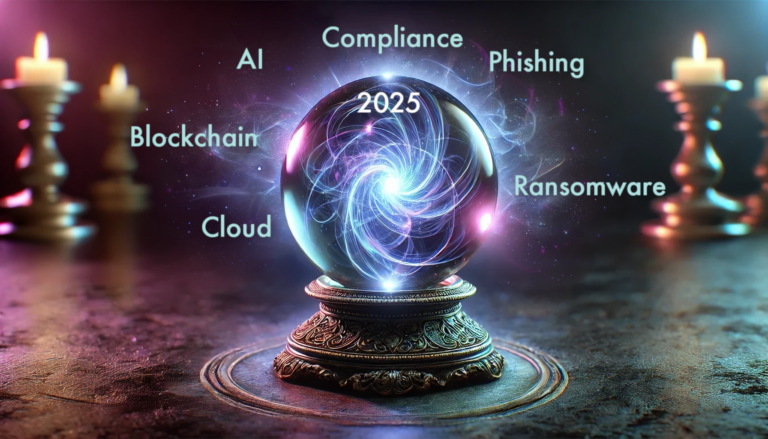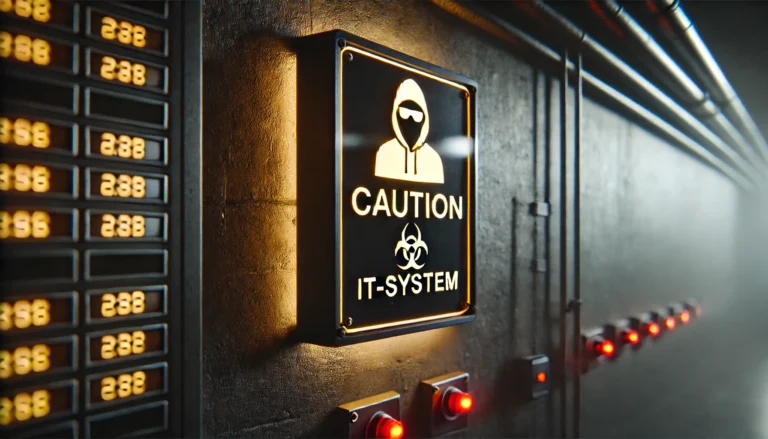In many enterprise environments, internal servers and services often operate without proper SSL/TLS certificates. This oversight might seem insignificant, but it creates significant security vulnerabilities and operational risks. Without secure certificates, not only is internal traffic susceptible to interception, but users are also conditioned to ignore security warnings—setting a dangerous precedent that attackers can exploit.
Why SSL/TLS Certificates Are Essential
SSL/TLS certificates authenticate servers and encrypt data in transit, protecting sensitive information from prying eyes. Without these certificates, internal communications can be intercepted by malicious actors who gain access to the network. This vulnerability is especially concerning in environments where default private keys or preset configurations are used across multiple appliances, creating a single point of failure for security.
Furthermore, internal services without trusted certificates train users to bypass browser warnings, reducing their vigilance. This conditioning weakens overall security posture and increases the likelihood of successful phishing or man-in-the-middle attacks.
Overcoming the “Extra Work” Mindset
One common reluctance to deploy SSL/TLS certificates internally stems from the perception that it requires excessive effort. While it is true that setting up secure internal communication involves additional steps, modern automation tools like PowerShell and Ansible can simplify this process. With these tools, organizations can automate certificate deployment and renewal, reducing the manual overhead to a one-time effort for each system type.
Integrating certificate management into the onboarding process for new machines and services ensures consistent application of security policies. Once established, this process becomes a routine part of internal operations rather than an ongoing burden.
Affordable Solutions for Internal Certificates
A prevalent misconception is that certificates must be purchased for every machine and renewed annually, adding unnecessary cost and complexity. In reality, two viable options exist for internal certificate management: internal certificate authorities (CAs) and Let’s Encrypt.
An internal CA provides complete control over certificate issuance and trust policies. Although setting up an internal CA may appear daunting, the process can be automated, including the distribution of root certificates to trusted devices. For domain-joined machines, this can be managed seamlessly through group policies, while automation tools can handle non-domain devices.
Let’s Encrypt offers another option, especially for organizations with DNS providers that support API-based DNS challenges. While Let’s Encrypt certificates are public and appear in certificate transparency logs, this risk can be mitigated by using generic names or wildcard certificates for internal services. For instance, a wildcard certificate like `*.bmc.corp.company.com` is far better than no certificate or an untrusted one.
Streamlined Implementation with Minimal Configuration
Deploying certificates does not require complex setups. For example, using a Caddy web server container, an internal reverse proxy with Let’s Encrypt integration can be configured in seconds:
intranet.corp.customer.com {
reverse_proxy intranet.mydomain.local:8123
}
With this simple configuration, Let’s Encrypt handles the certificate issuance and renewal automatically, leaving administrators with minimal ongoing maintenance.
Adopting a Security-First Mindset
The risks of neglecting SSL/TLS certificates for internal services far outweigh the effort required to implement them. Tools and strategies are available to make this process seamless and sustainable. By prioritizing internal certificate deployment, organizations can strengthen their security posture, protect sensitive data, and build a culture of vigilance against potential threats.
Investing in these practices today prevents costly security incidents tomorrow. Secure internal communication is not a luxury but a necessity in any modern IT infrastructure.
Contact us for a free initial consultation.



